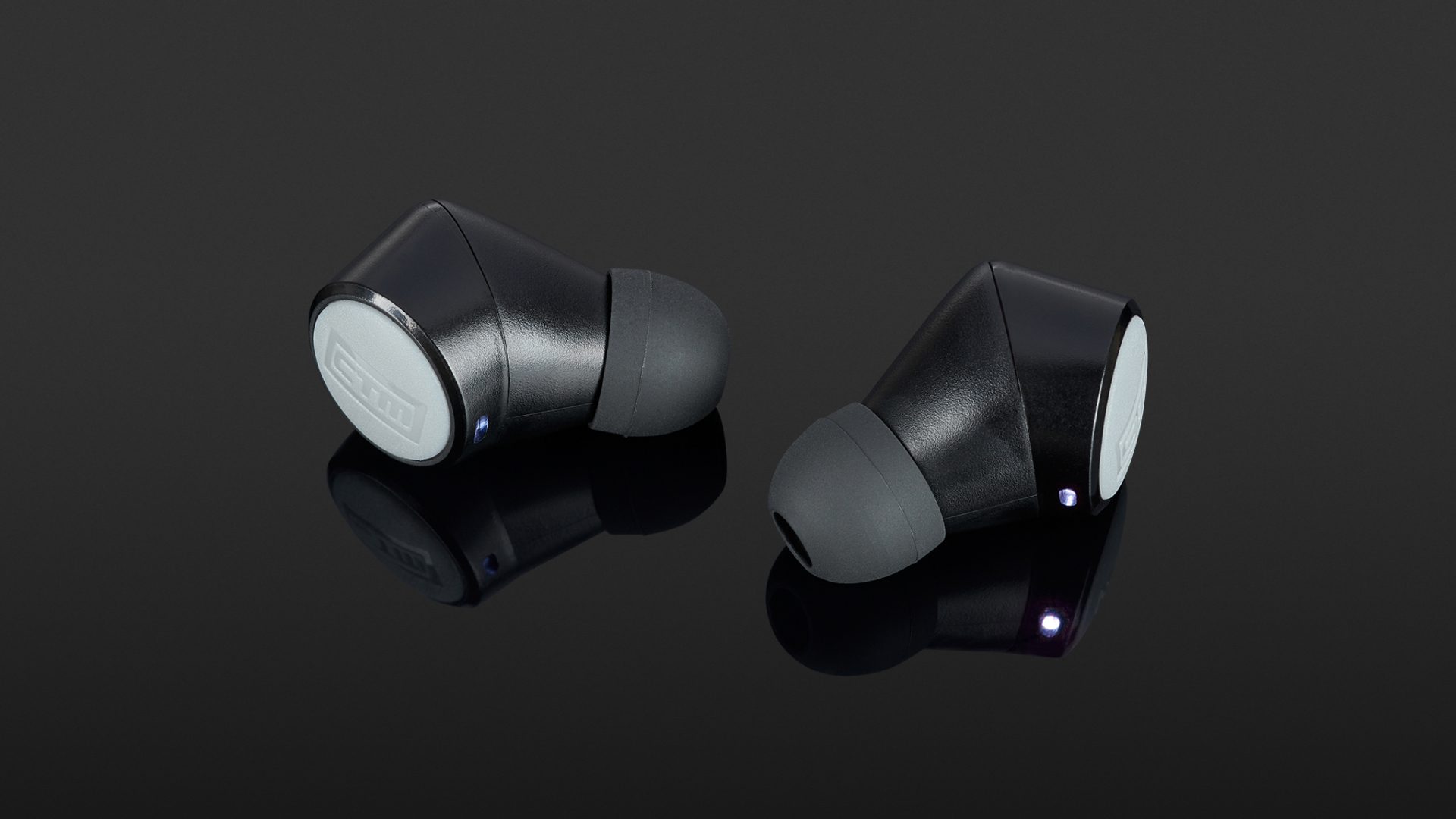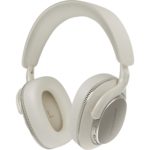There are not many headphones that can be both a powerhouse and sound aesthete at the same time, but CTM succeed with the Explore P2. Given the bass emphasis, these cable-free in-ears sound unique and special but offer a high sound level at an attractive price. The microphone quality is questionable, but otherwise, these lightweight wireless headphones score points with their stable, snug fit, weatherproof finish and comprehensive device control.
- comfortable, stable fit
- very light, compact headphones
- functional device control
- support the AAC format
- USB-C connection
- no aptX
- poor speech intelligibility when making a call
Clear Tune Monitors, the American specialist for professional in-ear monitor systems, CTM for short, has added wireless headphones for everyday use to its product range. The Explore P2 support Bluetooth standard 5.0 and, with the AAC format, a high-quality audio codec. These wireless in-ears are also equipped with a remote for controlling Android and iOS devices.
The fact that this luxury US manufacturer has experience in the development of in-ear systems has a positive effect on wearing comfort because the ergonomic design fits like a glove and the compact earpieces seal perfectly inside the auricle. This promotes a stable fit and allows the housing to disappear easily under a cap, while the extremely low weight of four grams per side promotes a comfortable fit even during long periods of use. As the in-ears are water-resistant according to IPX6, the system is also protected against wet weather conditions outdoors. The handy transport case, which serves as a charging station, is also extremely light, weighing just 34 grams.
At higher levels, the Explore P2 offer a running time of four and a half hours, with the case allowing the headphones to be fully charged four times and forty per cent recharged a second time, giving a total running time of twenty-three hours and 30 minutes. There is no quick-charge function though, which somewhat limits spontaneous use or use on longer journeys. While one charge cycle of these in-ears takes eighty minutes, the battery reserve of the case is restored in two hours and forty-five minutes using the USB-C to USB-A charging cable provided. The headphones and transport case are equipped with a charge level indicator in the form of LEDs. This means that even when the case is closed, it is still possible to see when the wireless headphones are charged, especially since the case features LEDs to indicate how much reserve is still available.
Device control
In combination with various iOS and Android devices, these in-ears offered a stable range of nine metres within an urban environment. Coupling can be activated by removing them from the transport case, the headphones are switched on and automatically put into pairing mode while returning them to the charing case switches the system off. Alternatively, the Explore P2 can also be switched on and off manually by holding down one of the two multifunction buttons. If there is a wireless connection, a short press controls playback, and this can be done on both sides and is also used to answer and end telephone calls. Title selection is also possible by pressing twice; the left side jumps backwards and the right side forwards. In addition, the volume can be reduced by pressing three times on the left side and increased on the right side of the headphones. Voice assistants can be activated by briefly pressing and holding on either of the headphones during paused playback. While the remote works perfectly and supports extensive device control, there are some drawbacks with speech intelligibility when making a phone call. Your own voice is especially difficult to understand as it is reproduced quite quietly, and is muffled and impaired by metallic noise.
Sound
The Explore P2 have an unusually high output, reminiscent of professional systems, and offers plenty of reserves, as the headphones are already half turned up to provide ambient volume. However, the maximum level is sufficient to listen to time-honoured classical recordings at disco volume, so it is a good idea to check the volume setting before use. The intensity of the low frequency range also seems unusual at first, as these in-ears skilfully test the limits of overemphasis in bass orientated productions and have a very powerful, rich bass reproduction with massive low bass. However, the massive bass foundation sounds neither dull nor queasy, but impressively powerful and quite spectacular. Simply labelling the Explore P2 as a “loud bass beast” would not be right anyway, even if these headphones are not necessarily accessible. But when you listen in, the full sound turns out to be finely fanned out, so that no compressed density or narrowness is felt. On the contrary, the virtual stage surprises with spatial depth and clean positioning, considering the price range.
The sound itself appears earthy in the bass range yet clear, whereas the mid and high frequencies are perceived as brighter. While the mid-range is characterised by a richness of detail and good resolution, these in-ears impress with a fast, precise and fresh treble image that appears very balanced and offers really great cinematic sound. The full-range drivers that they use also live up to their name, as there are no signs of decay in the upper ranges and the frequency range is exploited to its full potential.
Technical specifications
- Ear couplingIn-ear
- Typeclosed
- Transducer principledynamic
- Weight without cable4 g each, case 42 g
Special features
- BT codecs: SBC, AAC
- BT version: 5.0



















































